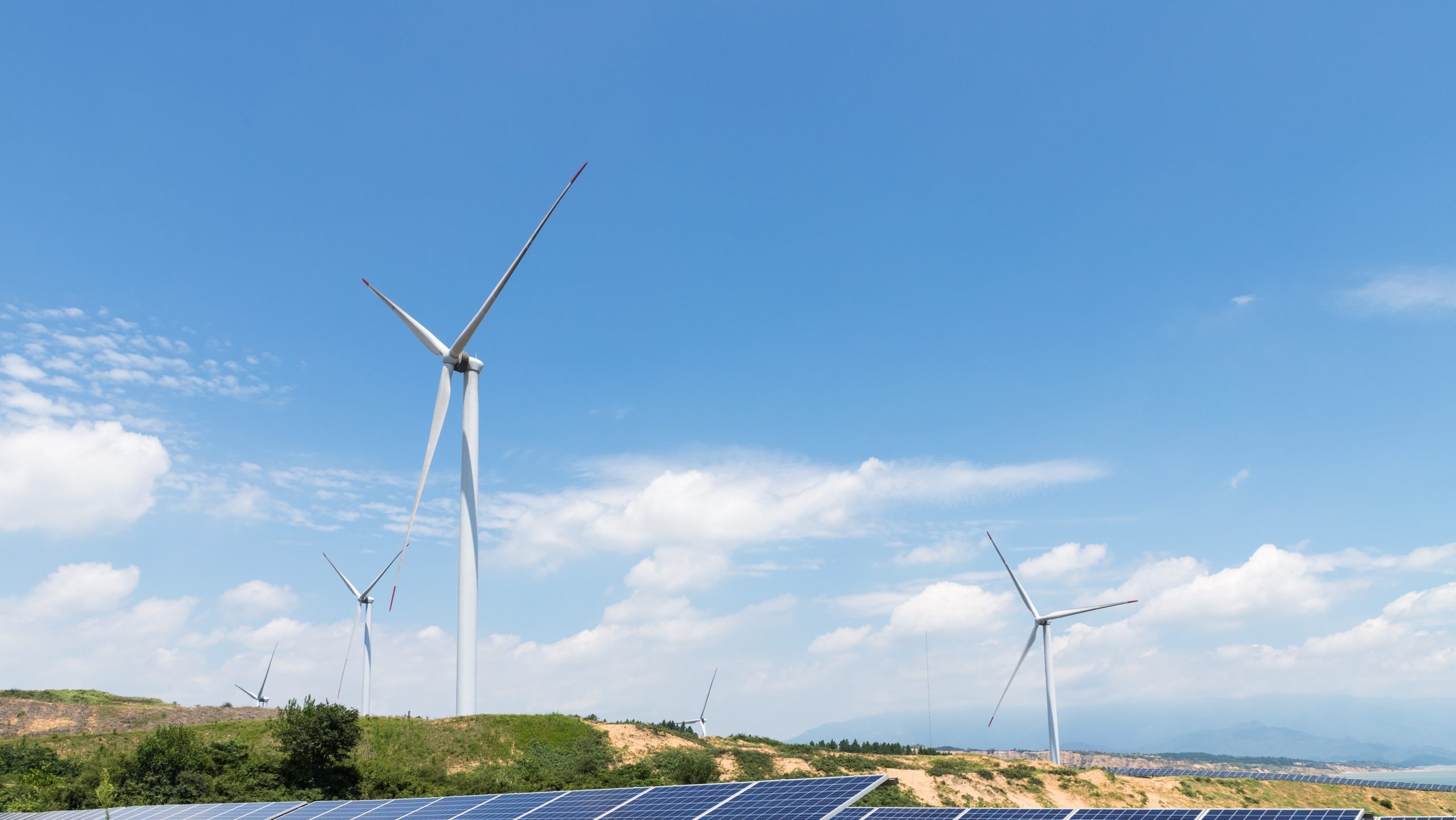The European Parliament has given the green light this week to the EU Nature Restoration Law, which could mean a boost for the development of renewable projects in Europe by facilitating their processing, considering them of “supreme public interest.” This consideration applies to facilities for energy production from renewable sources, their connection to the grid, and the network itself, as well as related storage assets.
According to Albert Concepción, director of FIE, “this law imposes strict environmental requirements on the states while seeking to reconcile the deployment of renewables with Nature Restoration goals.” The alignment of renewable deployment with the Nature Restoration goals outlined in the text is “particularly noteworthy for the Spanish energy sector, considering that Spain leads the EU as the country with the largest area of protected natural spaces, with over 27% of its land area, nearly double what the next country, France, contributes,” explains Concepción.
Under the new law, member states will have to restore at least 30% of habitats (from forests, grasslands, and wetlands to rivers, lakes, and coral beds) to move from a poor state to a good one by 2030; 60% by 2040, and 90% by 2050. Additionally, the law will require repairing at least 20% of degraded terrestrial and marine ecosystems of the EU by 2030 and all of them by 2050.
What does “supreme public interest” imply?
The law, in its Article 6, explains that this “supreme public interest” of renewables allows member states to “exempt them from the requirement of not having less harmful alternative solutions in certain cases.”
Furthermore, member states “may, in certain duly justified circumstances, restrict the application of the standard to certain areas of their territory, as well as to certain technologies or projects with certain technical characteristics, in accordance with the priorities set out in their integrated national energy and climate plans.”
The recognition of renewables as of superior interest for restoration “may allow the industrial development of regions previously limited by these protective figures, such as the Natura 2000 Network, Geoparks, SPA zones, or marine protected areas, where the necessary renewable facilities for proper industrial electrification can be deployed,” says the FIE director.
The draft of this Nature Restoration Law was first presented by the European Commission in June 2022 as part of the European Green Deal and the EU Biodiversity Strategy for 2030.

